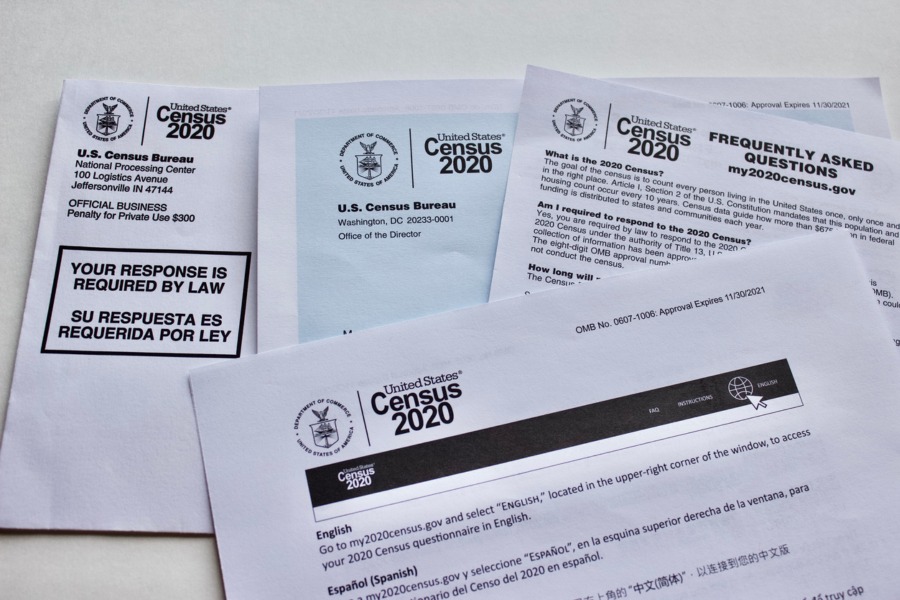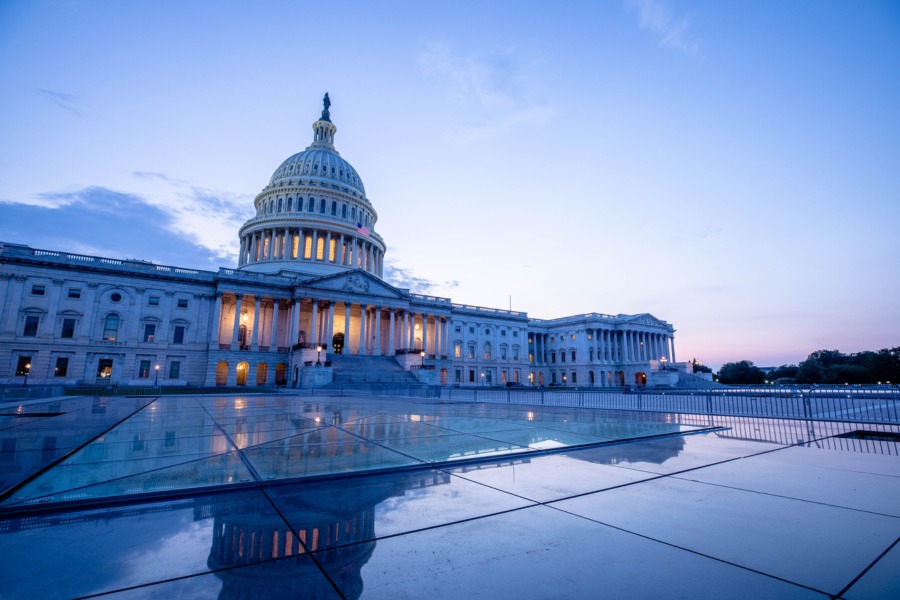Democracy is messy, and so is governing – full of mistakes and, hopefully, successes.
And because the federal system in the United States is also decentralized, that means there are more than 50 laboratories constantly churning out those mistakes and, hopefully, successes.
In a session with National Press Foundation fellows, Timothy Blute of the National Governors Association’s Center for Best Practices documented how states take advantage of that churn. If something works – or fails – in one state, the idea is help other states replicate it.
“The real policymaking takes place at the state level,” Blute said. “Governors and states are the laboratories of democracy.”
The association is bipartisan and represents 55 governors (the states plus territories); its consulting arm and the best practices center serve as resources for all governors.
The Center for Best Practices is divided into five policy divisions: economic opportunity; education; energy, environment and infrastructure; health; and homeland security and public safety. And each of those are subdivided: the economic opportunity operation, for example, deals with a dozen issues, including rural prosperity, work-based learning, occupational licensing, improving business regulations, and so on.
“These cover the full range of public policy issues governors work on a day-to-day basis,” Blute said.
Beyond just reviewing the state of play in different states, the center figures out which states are doing things right. It then hands out a lessons-learned analysis to whichever state wants it, in the hopes that they can learn from each other.
An example: The association established a best practices project in 2012 on opioid addition, which was starting to ravage some states. It examined what states had done to reduce opioid overdoses and deaths and produced multiple white papers and roadmaps for states.
He noted that as the nature of the addiction problem went from one focused on prescription opioids to one focused on illegal drugs such as heroin, the states’ responses changed as well.
“The project has morphed as the problem has morphed,” he said.
Fellows also heard from Mick Bullock, director of public affairs for the National Conference of State Legislatures, which makes available a wealth of information on policies being developed on the state level. That includes more than 1,400 issue areas – everything from legislation on how to regulate autonomous cars, to tax policy, to states passing or rejecting daylight savings time.
This program is funded by Arnold Ventures. NPF is solely responsible for the content.




















